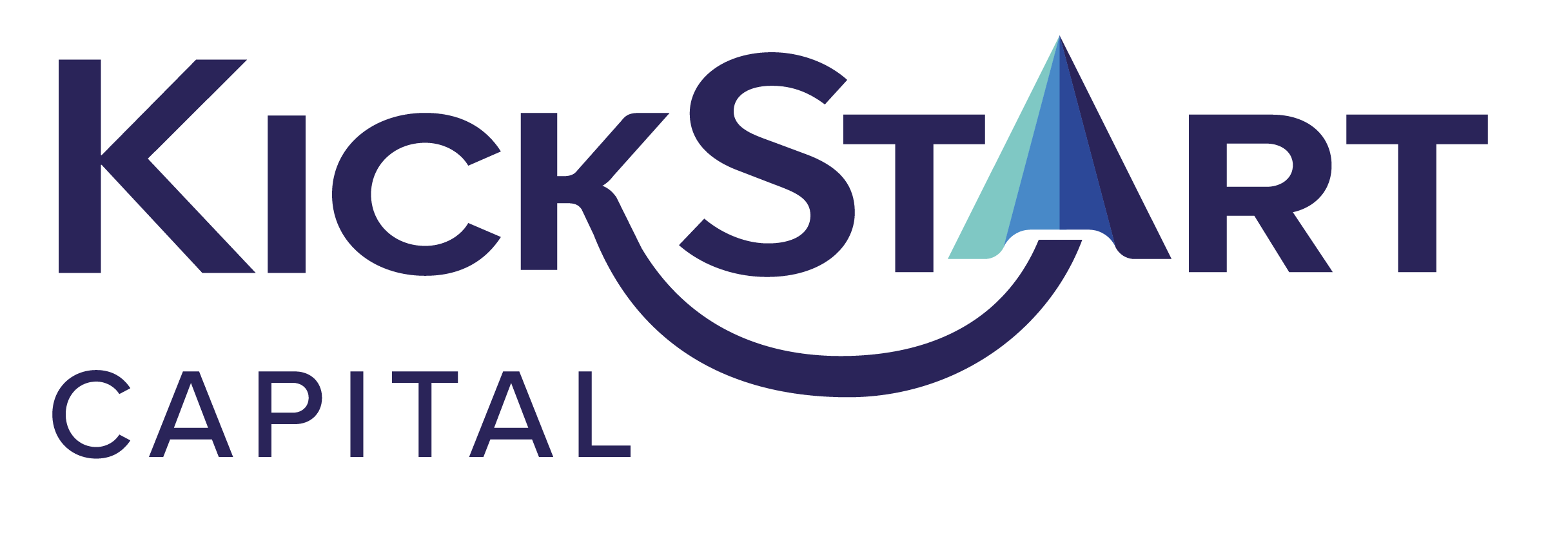Background
The Enterprise Investment Scheme (EIS) and the Seed Enterprise Investment Scheme (SEIS) are long established government schemes that aim to encourage investment into early stage smaller UK companies, that show high promise and growth potential.
The EIS and SEIS have been successful initiatives over the years and have delivered more than £34bn in funding since the launch of EIS in 1994, helping more than 59,000 businesses to take root and in some cases flourish.* By helping early-stage and often pre-profit companies, the model has played a vital role in maintaining the UK’s efforts to produce innovative and in some cases world class businesses.
In order to encourage investment into EIS and SEIS, investors are granted a variety of generous tax reliefs by the UK government. The intention of these tax reliefs is to mitigate the investment risks and enhance the returns that can be generated from investing in growing UK companies.
As the tax reliefs provided to investors are very generous, at a time when the government are closing many tax “loopholes”, it is important to note that EIS and SEIS are certainly not a "loophole" and are not considered aggressive tax planning strategies. This is because the tax benefits are provided under current legislation, in order to encourage investment in British business and indeed, many successive governments have continued to support them over the years. Indeed, unlike some tax planning strategies, there are 3 true winners with EIS & SEIS:
1. The Investor
Benefits from an investment in a small, potentially promising UK business and receives valuable tax reliefs.
2. The Company
Receives investment capital at a time when it can be difficult for small businesses to borrow from traditional lenders.
3. The Country
Helps the economy and creates potential tax revenues and employment.
In the Budget on 30th October 2024, the Chancellor specifically mentioned EIS and the government's commitment to them, saying “As a sign of this government's commitment to supporting growth and entrepreneurship, we have already extended the Enterprise Investment Scheme and the Venture Capital Trust schemes to 2035, and we will continue to work with leading entrepreneurs and venture capital firms to ensure that our policies support a positive environment for entrepreneurship in the UK."
The previous Government also reaffirmed its support for EIS in the Autumn Statement delivered by the Chancellor on 22nd November 2023. The announcement confirmed that EIS will continue to operate until 2035, extending the original deadline of 2025. This followed the enactment of the Finance Bill (No.2) in July 2023, which introduced valuable enhancements to SEIS.
CLICK HERE TO SEE THE CHANCELLOR RACHEL REEVES MENTIONING the government's support for EIS IN THE BUDGET ON 30th OCTOBER 2024.
CLICK HERE TO SEE A SHORT VIDEO CLIP OF RISHI SUNAK EXTOLLING THE VIRTUES OF SEIS AND EIS WHEN HE WAS CHANCELLOR.
CLICK HERE TO SEE A SHORT CLIP OF Kwasi KWARTENG, IN HIS MINI-BUDGET ON 23 SEPTEMBER 2022, WHEN HE WAS CHANCELLOR, CONTINUING TO SUPPORT EIS AND SEIS, BY EXTENDING EIS BEYOND THE 2025 SUNSET CLAUSE AND IMPROVING SEIS LIMITS.
*The EIS/SEIS figures for cumulative funds raised and businesses supported are based on information from the Enterprise Investment Scheme Association (EISA) referencing HM Revenue and Customs (HMRC) National Statistics (published May 2025, covering data up to the 2023/2024 tax year).








EIS
1. Income Tax Relief
2. CGT Freedom
3. CGT Deferral Relief
4. Loss Relief
5. Business Relief – Inheritance Tax ‘IHT’
SEIS
1. Income Tax Relief
2. CGT Freedom
3. CGT Reinvestment Relief
4. Loss Relief
5. Business Relief – Inheritance Tax ‘IHT’
Please note that in his Mini-Budget on 23 September 2022, the Chancellor announced various improvements to the SEIS scheme from April 2023, including an increase to the annual investor limit from £100,000 to £200,000.
EIS
1. Income Tax Relief
2. CGT Freedom
3. CGT Deferral Relief
4. Loss Relief
5. Business Property Relief – Inheritance Tax ‘IHT’
SEIS
1. Income Tax Relief
2. CGT Freedom
3. CGT Reinvestment Relief
4. Loss Relief
5. Business Property Relief – Inheritance Tax ‘IHT’

Readers who register on KickStart Capital can request a complimentary 24 page EIS Guide. CLICK HERE TO REGISTER
